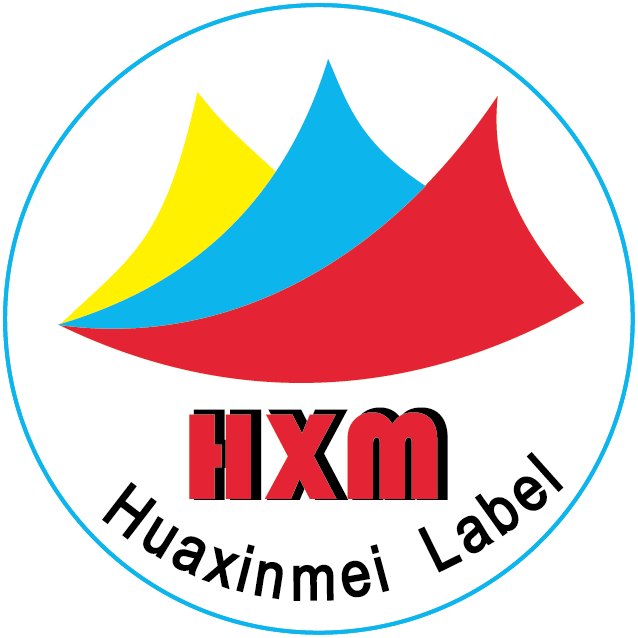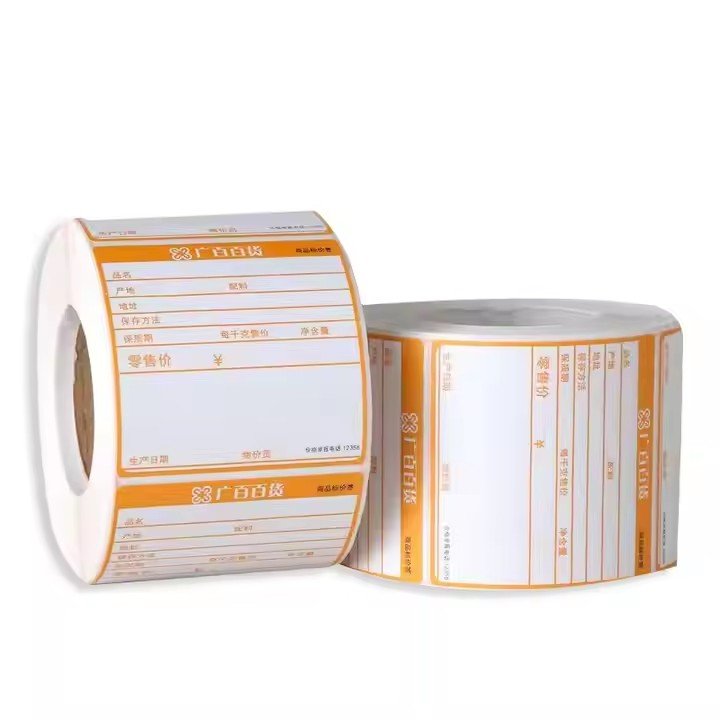I. Core Evaluation Standards for the Safety of Medical Sticker Materials: From “Compliance” to “Adaptation”
The safety of medical sticker materials must first comply with internationally recognized medical-grade certification standards — this forms the baseline for eliminating health risks. However, true safety also depends on how well the material matches clinical use scenarios and patient characteristics, since a material that meets standards may still pose risks if not properly suited to its intended application.
- Biocompatibility: The “No Conflict” Principle Between Material and Human Body
Biocompatibility is the primary safety threshold for medical sticker materials. It refers to the ability of a material to avoid triggering immune rejection, inflammation, or toxicity when in contact with skin, mucous membranes, or body fluids. The evaluation follows the ISO 10993 series for biological assessment of medical devices, which includes three key tests:
Skin Irritation Test:
The extract from the adhesive and base material is applied to rabbit or human skin models for 24–72 hours. The irritation index must be ≤ 0.4 (classified as “non-irritant”). This standard eliminates acute reactions such as redness or itching caused by residual monomers (e.g., acrylates) or plasticizers in substandard materials. For instance, high-purity medical-grade adhesives must reduce residual acrylate monomers to below 0.1% to avoid contact dermatitis.

Sensitization Test:
Conducted on adhesive bonding agents or colorants and stabilizers in the base film, this test (GPMT or LLNA method) requires a sensitization rate ≤ 1%. This is critical for allergy-prone users. Natural rubber, for example, contains proteins that can cause allergic reactions, so modern medical stickers typically use hypoallergenic natural rubber or synthetic adhesives, reducing sensitization risk to below 0.5%.
Cytotoxicity Test:
For stickers used near wounds (e.g., wound dressings or surgical markers), the material extract is applied to fibroblast or keratinocyte cultures, where cell viability must remain ≥ 70%. This ensures no harmful chemical release (such as DEHP from PVC) that could interfere with wound healing. Environmentally friendly PVC bases using citrate-based plasticizers have replaced DEHP to fully eliminate cytotoxicity.
- Sterility and Stability: Safety Across the Full Lifecycle — From Production to Application
Sterility for medical stickers means not only aseptic manufacturing but also resistance to microbial contamination during storage, transport, and use. Moreover, sterilization residues must not pose secondary health risks. The key standards are ISO 11135 (ethylene oxide sterilization) and ISO 11137 (radiation sterilization):
Sterility Assurance Level (SAL):
Must reach 10⁻⁶, meaning no more than one live microorganism per million units. Achieved through “overkill” sterilization — e.g., ethylene oxide treatment at 60 °C and 60% humidity for 4–6 hours to destroy all microbes including spores. Alternatively, gamma or electron-beam radiation (25–40 kGy) breaks microbial DNA without leaving chemical residues.
Residue Control:
Post-sterilization, ethylene oxide residues must be reduced to ≤ 10 μg/g through vacuum aeration to prevent toxicity (e.g., nausea or skin irritation). Radiation-sterilized materials must contain no radioactive residues and remain chemically stable — PET films, for example, show no benzene release or degradation after γ-irradiation.
- Clinical Adaptability: Balancing Safety and Functionality
Material safety must align with clinical performance needs. Overemphasis on safety at the cost of adhesion or waterproofing can disrupt treatment (e.g., infusion stickers detaching), while prioritizing function can compromise biocompatibility. For example:
Long-term ECG patches must balance 72-hour adhesion with skin comfort — using aging-resistant acrylate adhesives and breathable base films to prevent sweat buildup.
Infant vaccine patches must ensure gentle adhesion (to avoid skin damage) while remaining waterproof and contamination-resistant — best achieved with silicone adhesives and soft nonwoven bases.
II. Safe Material Selection Across Structural Layers: From “Single Component” to “System Coordination”
Medical stickers typically consist of three layers — base film, adhesive, and release liner. Each must independently meet safety standards, but also work cohesively. For instance, weak adhesion between the base and adhesive could cause delamination, leaving adhesive residues on skin.

- Base Layer: The “Carrier” of Safety and Function
The base layer determines the sticker’s mechanical and comfort properties, such as flexibility and breathability. Safe selections include:
Medical Nonwoven Fabric:
Made from polyester and viscose fibers via hydroentanglement. Its advantages are high breathability (≥ 1000 g/m²·24 h) and no fiber shedding, which helps prevent bacterial growth and foreign body reactions. Some variants incorporate antibacterial agents such as silver or zinc oxide, achieving ≥ 99% inhibition against E. coli and S. aureus, making them ideal for wound dressings.
Medical PET Film:
Polyethylene terephthalate (PET) film offers exceptional chemical stability — it contains no plasticizers or stabilizers and remains intact between −20 °C to 50 °C, even after contact with disinfectants (e.g., alcohol or chlorine-based). Its > 90% light transmittance allows for clear electrode visibility in ECG applications, and with thickness between 25–50 μm, it maintains flexibility for skin conformity.


